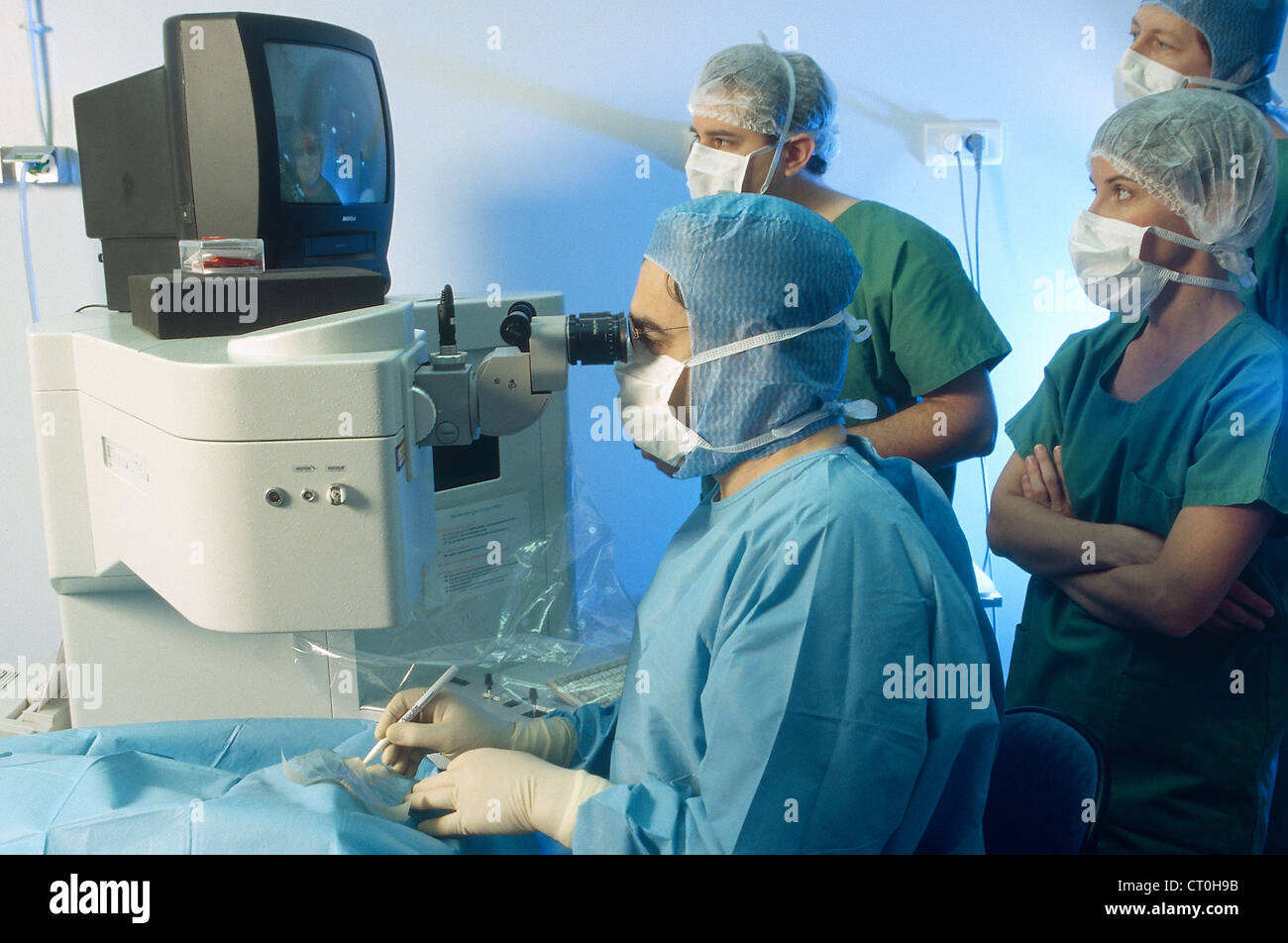The Evolution of LASIK Technologies

Vision is a vital sense that significantly influences our daily lives. For those who experience vision impairments, advancements in vision correction have become a beacon of hope, offering solutions that enhance quality of life and restore clarity. Understanding the array of options available can empower individuals to make informed choices about their eye health. This article explores the latest techniques and innovations in vision correction, focusing on LASIK technologies, contact lens developments, and emerging treatments.
The Evolution of LASIK Technologies
LASIK, or laser-assisted in situ keratomileusis, has been a popular choice for vision correction for many years. Recent advancements in LASIK technologies have made the procedure more precise and accessible. One significant innovation is the introduction of wavefront-guided LASIK, which uses detailed measurements of the eye's surface to create a customized treatment plan. This personalization enhances the outcomes, allowing for better visual acuity and reduced side effects.
Another notable development is the use of femtosecond lasers in the LASIK process. These lasers provide a more accurate and safer method for creating the corneal flap, reducing the recovery time and discomfort associated with traditional blade-based techniques. The combination of these advanced technologies has resulted in a higher success rate, making LASIK an increasingly appealing option for those seeking to eliminate their dependence on glasses or contact lenses.
Innovations in Contact Lenses
Contact lenses have also seen remarkable advancements, expanding beyond traditional options. One exciting development is the emergence of smart lenses, which integrate technology into the lens itself. These lenses can monitor various health metrics, such as intraocular pressure, and even provide real-time information to the wearer. This capability is especially beneficial for individuals with conditions like glaucoma, enabling proactive management of their eye health.
Furthermore, advancements in materials and design have led to the creation of contact lenses that are more comfortable and easier to wear. Options like daily disposables and lenses that provide extended wear capabilities allow users to enjoy greater flexibility and convenience. These innovations not only enhance comfort but also reduce the risk of complications associated with long-term lens use.
Emerging Treatments: Implantable Lenses and Corneal Inlays
As vision correction technology continues to evolve, emerging treatments are gaining popularity. One such option is the implantable collamer lens (ICL), which is inserted into the eye to correct refractive errors. Unlike laser procedures, which reshape the cornea, ICLs offer a reversible solution that can be particularly advantageous for individuals with high prescriptions or thin corneas that may not qualify for LASIK.
Corneal inlays represent another innovative approach to vision correction, targeting presbyopia, a condition that affects near vision as people age. These small devices are implanted in the cornea to improve near vision while maintaining distance vision. This dual-functionality is appealing to many, as it allows for a more natural visual experience without the need for reading glasses.
Conclusion
In summary, the landscape of vision correction is undergoing remarkable transformation, driven by continuous research and technological advancements. From the precision of LASIK technologies to the convenience of smart contact lenses and the versatility of implantable lenses, there are numerous options available to meet individual vision needs. As these vision correction advancements become more widely understood, it is essential for individuals to consult with eye care professionals to explore the best solutions tailored to their unique circumstances. With the right information and guidance, achieving clear vision and enhancing one's quality of life is more attainable than ever.